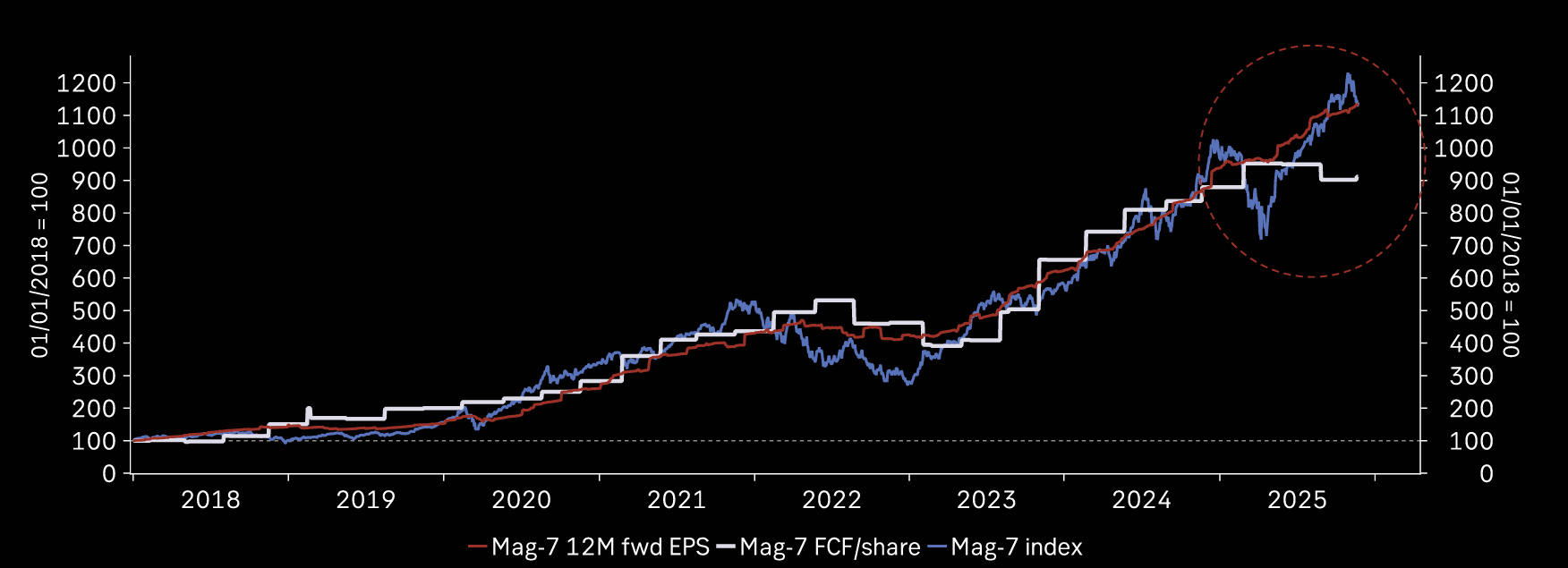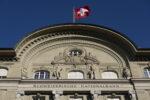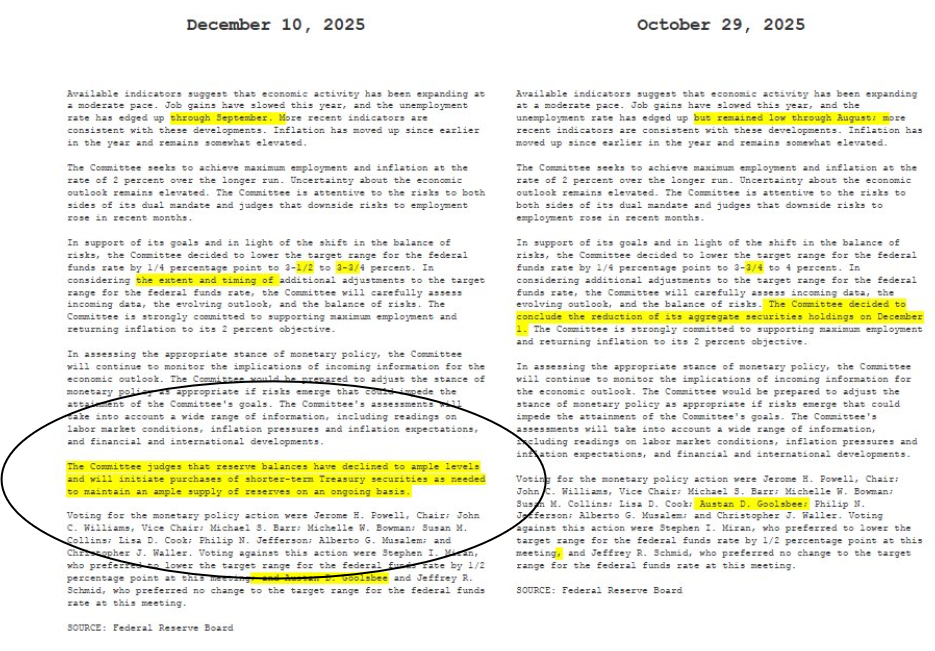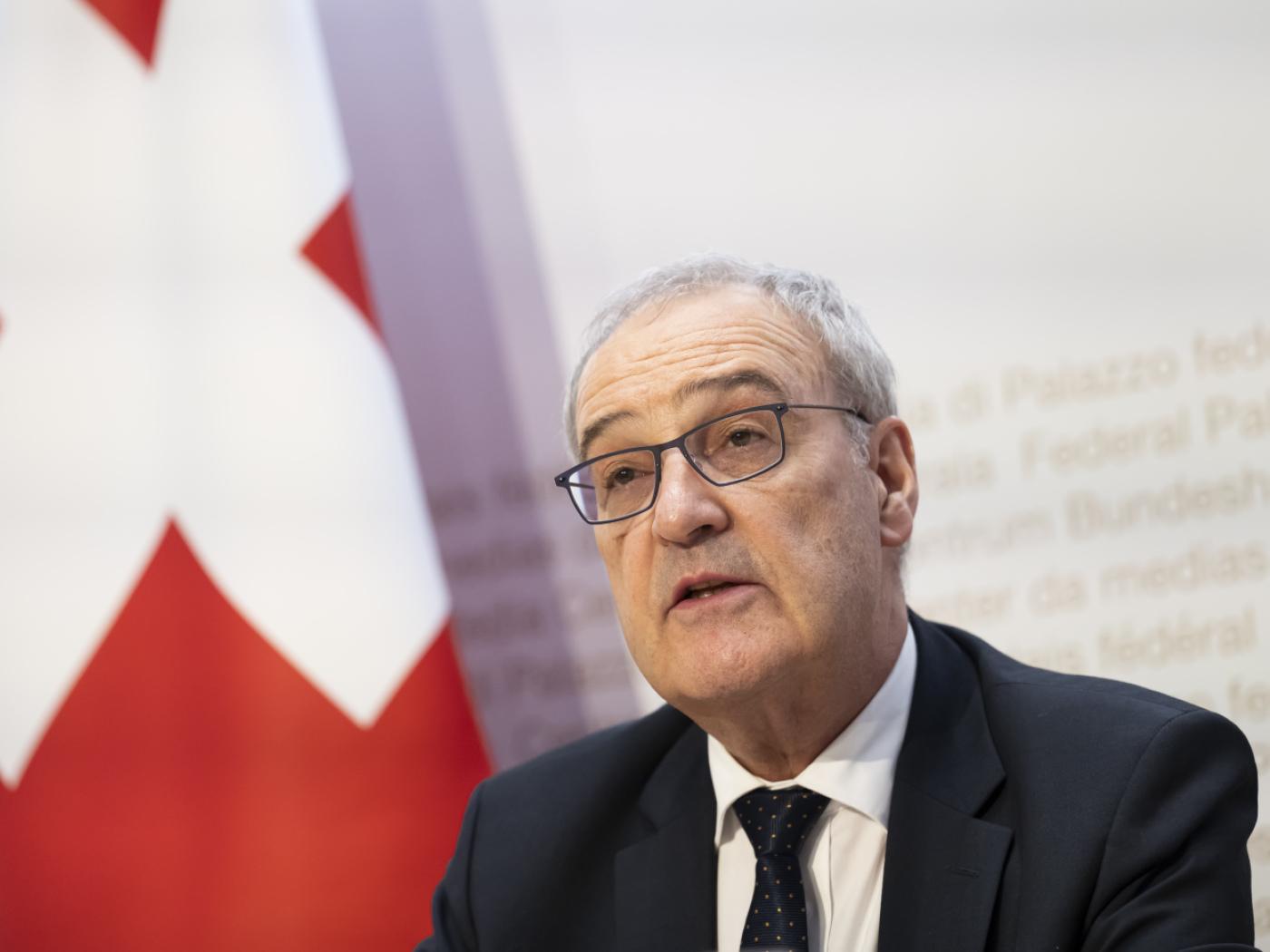The continued sell-off in global equities is the main driver of the capital markets. It, along with the push lower in oil prices, are pushing core bond yields sharply lower.
The US 10-year yield is nearing 160 bp having begun the year above 225 bp. The 10-year gilt yield is at a new record low of 130 bp. It began the year near 195 bp. The yield on the 10-year bund is also at new record lows today near 17 bp. It had begun the year above 60 bp. The only thing that saves the 10-year JGB yields from going back into negative territory was the fact that Tokyo markets were closed today.
China and Taiwanese markets were still closed for the New Year's celebration, but Hong Kong re-opened with almost a 4% drop. The Hang Seng Enterprise Index, which tracks mainland shares, fell nearly 5%. European bourses have fallen sharply, with most major indices off 2.5%-4.5%. The Dow Jones Stoxx 600 is off 3.25% near midday in London. Financials are leading the way with more than a 5% decline., with bank shares off 6.5%.
Poor earnings at a large French bank and ongoing concerns at a large German bank. There has been much talk of sovereign wealth funds liquidating investments, and some observers are linking this to the sharp decline in financials. At the same time, the banks' exposure to the energy sector may also be weighing on sentiment. In addition, just like the rout, last August tested the ETFs ( the ETFS would open even though all their components may not), the CoCo bonds are being tested now. On top of this, there is concern about the protection of bondholders under the new Bank Recovery and Resolution Directive.
The dollar-bloc currencies and sterling are under pressure. Traditionally sterling moves in the euro's orbit, but in recent weeks, it appears to be closer related to the dollar-bloc currencies. One explanation for this is that it was not used as a funding currency the way yen, euro and dollar were. The euro is making new highs since the second-half of October near $1.1355. Above here is $1.1400 and the mid-October high closer to $1.15.
The combination of falling share prices and the sharp fall in US Treasury yields have continued to drive the yen higher. The dollar briefly traded below JPY111.00. Many observers expected stepped up resistance by Japanese officials, and many cited the JPY115.00 level. We have been skeptical that there is any such line.
We recognize intervention as an escalation ladder. Comments by Ministry of Finance's Asakawa were fairly relaxed, suggesting officials are watching foreign exchange developments to see if it is a speculative run. The fact that Japanese markets were closed today would not have prevented stronger verbal or material intervention if that is what officials wanted.
Although we recognize that speculators in the CME futures market have been buying yen and are net long, we do not think that is the main driver. We think the unwinding of short yen funding positions is playing a key role. As s a subset of this, many foreign investors that had bought Japanese stocks (record corporate profits, easier BOJ policy where QQE also includes equity purchases) also hedged out the currency risk. As Japanese equities are liquidated, the hedge is bought back.
The bar to material intervention is high. Through the 2008-2009 crisis, there was no G7 intervention in the foreign exchange market. During the campaign in 2012, Abe and his advisers had talked the yen down and were reprimanded by the G7 where a new agreement was signed that reiterated the "arms control agreement" not to manipulate exchange rates.
Of course, letting markets determine exchange rates is only one part of the G7/G20 position on foreign exchange. The other is excessive volatility needs to be avoided. Here is where Japan is on more solid footing. Yet the bar to intervention still does not appear to have been met. Three-month implied volatility is near 13.75% now. It is the highest since mid-2013 when it spiked over 16%. In March 2011 when it jumped to 17.5% (earthquake/tsunami) the G7 did intervene in a joint exercise.
Ahead of the G20 meeting later this month, we think the material risk of unilateral BOJ intervention is modest at best. Unilateral intervention would risk criticism of Japan and give fodder to claims, mostly in the media and some market commentary, of a currency war. That the BOJ could cut rates further into negative territory is fundamentally different than intervention in the foreign exchange market. And even before this surge in the yen, which we argue is driven by the flows in the circuit of capital (funding and hedging) than true safe haven buying or speculation (minor role), many expected further cuts in the tiered- reserve system that the BOJ had introduced.
Sweden's Riksbank surprised the market by delivering a 15 bp rate cut today to take the repo rate to minus 50 bp. The Riksbank's main challenge is deflation. The market had favored a 10 bp rate cut, but the OIS market appears to be pricing in a 20 bp rate cut by the ECB next month. The Riksbank decision was not unanimous. Both Ohlsson and Floden, the two deputies, dissented, favoring unchanged rates. The latter also was opposed to intervention in the foreign exchange market which the central bank threatened. More color on the debate will be provided by the meeting's minutes that are released in two weeks.
The euro initially spiked to SEK9.61, the highest since last August. The euro's gains were subsequently unwound, leaving it near SEK9.50 near midday in London. It had closed near SEK9.45 yesterday.
The equity markets will dominate investors focus today. Last week’s US employment data seems like ancient history, but the weekly jobless claims will not distract from the equity markets. Yellen delivers the second leg of her congressional testimony. While the questions from the Senators may be different, her answers are likely to be the same. She is encouraged by developments in the labor market, wages, and housing. She is concerned by the deterioration of financial conditions, slower global growth and the fallout from the drop in commodity prices.
Tags:

































